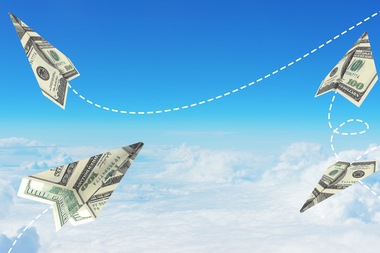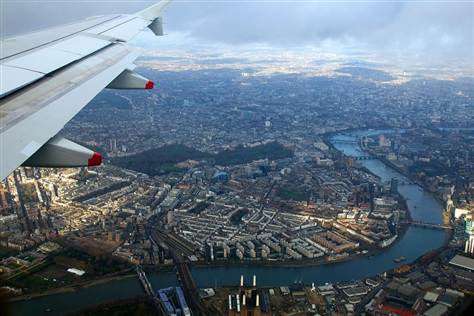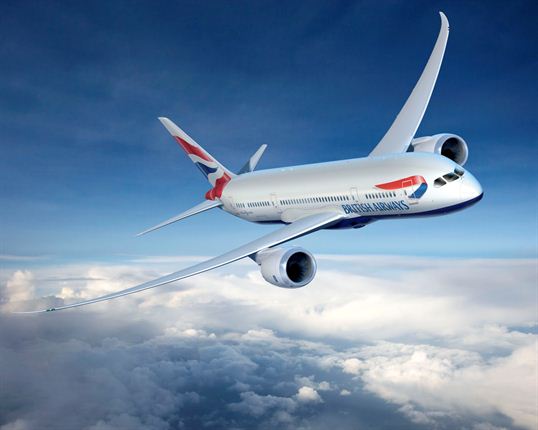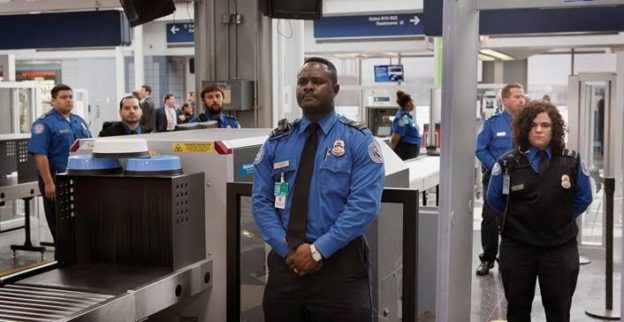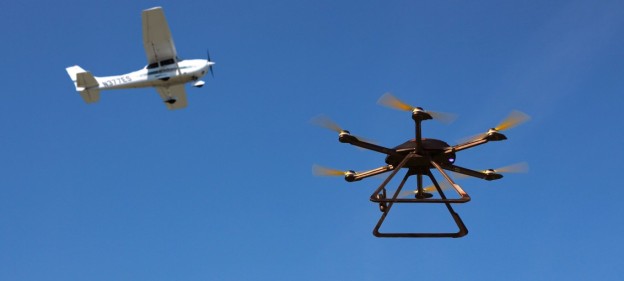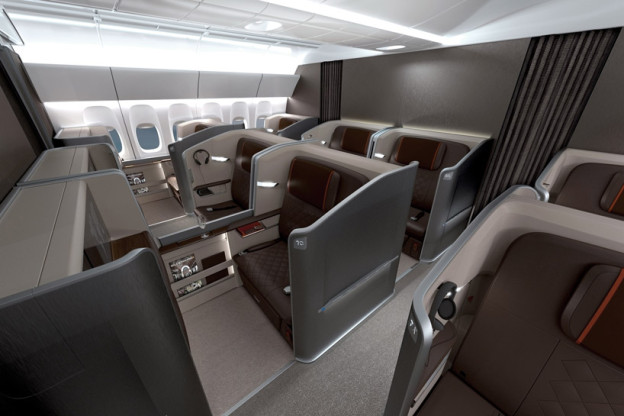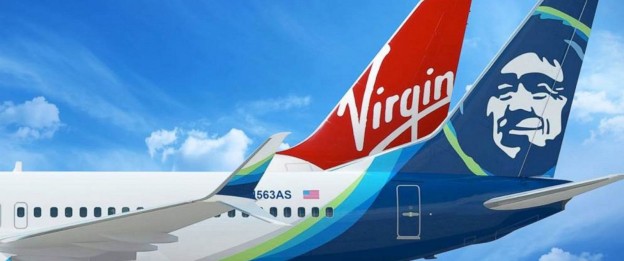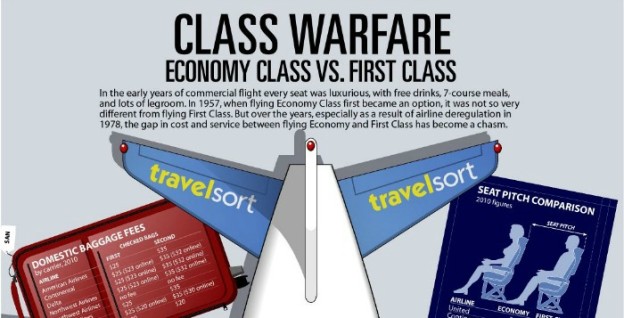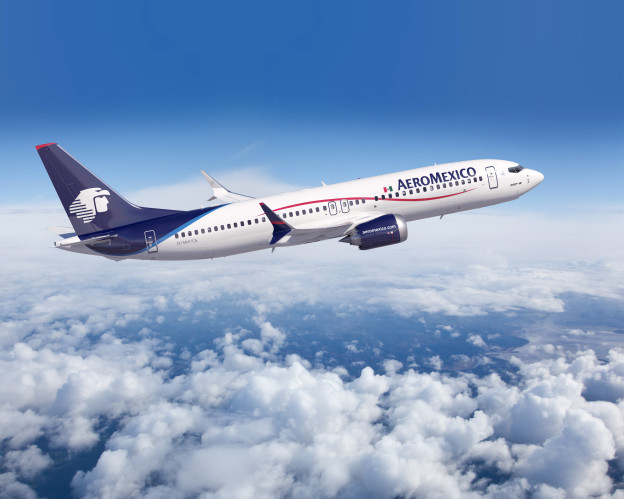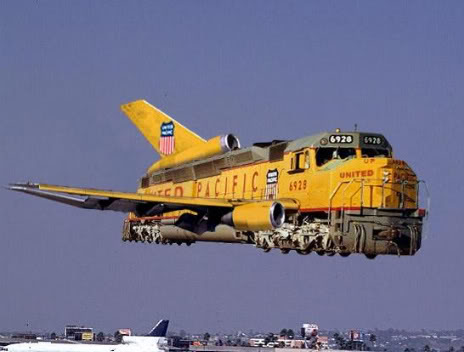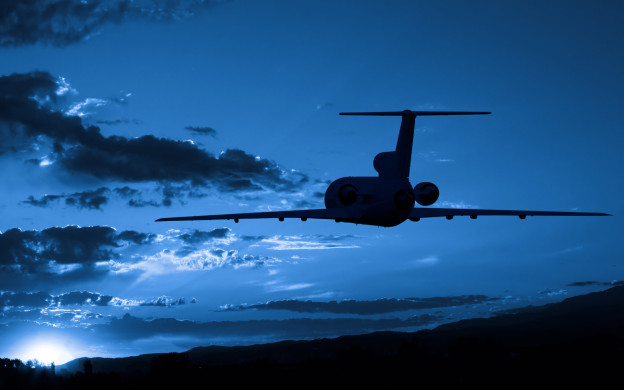While stuck at LaGuardia for 7 hours due to a delay, I was reminded about the issues facing our teachers who are travelling with their large groups and encounter a situation similar to the one that I encountered. Let’s face it – in travel, stuff happens, and weather, equipment problems, and any host of other issues can cause delays to occurs. It’s one thing for a single traveler to have to deal with a delay, and that in itself can be a bit of a nightmare. Tempers get frayed and the best plans get ruined under the best of circumstances, when flights are delayed for only a couple of hours. But now add 30 people and group travel to the mix and you have a whole different ball game going on.
First, most of us who travel regularly, tend not to check our bags. That is a huge advantage when you are faced with a delay because you can move around easier and abandon ship quickly without having to wait for your bags to be retrieved. But mostly everyone travelling with a group has checked their bag so there’s no flexibility. Furthermore, everyone travelling with a group is super time-sensitive about their scheduled itinerary. There are excursions, dinners, a tour guide, you name it, everything is synchronized around an arrival and a departure date. If you change one day, you cause a ripple effect that sometimes is tough to recover. Three days in Paris is not easily tradeable. There are trains and timed entrances that hang on these itineraries. One day off can throw a whole year of planning out the window. All of the meetings that have taken place to prep the groups, prepare the parents, and then all of a sudden, a weather delay can throw off the entire itinerary.
It’s so important to have a service-oriented organization that is ready to make adjustments quickly and do everything to make this better. At ACIS, that’s what we try to do. Make it better, accommodate requests, shift itineraries around, stay in constant touch with teachers at airports, and try to intervene and assist in guiding airline representatives as they attempt to sort out the mess. The amount of emails flying around here during a delayed flight is astonishing. Bottom line, everyone is trying to help and trying to get our clients to their end destination as efficiently as possible without skipping a beat.
It is not always easy and not always seen as such. That’s the tough thing about delays and cancellations. From our point of view, we try to think for the airline, look at options, and beat the crowds that have already formed at the gate as delays and inevitable cancellations start to cause havoc. Just being able to see things that the rest of the delayed passengers can’t see, gives our ACIS passengers a key advantage. Our air team is always looking to resolve this stuff ahead of the airlines. If we can think for the airlines and come up with solid suggestions, we can beat the crowds. That’s what we want to do. Tour managers at the other end are busy accommodating these changes as well. They are trying to figure out how to synch the late arriving group with an itinerary that doesn’t quite look like it did. We also ask airlines to accommodate groups, if they have the flexibility, by extending a day wherever possible. Sometimes that works, but sometimes it doesn’t if there just isn’t the space on the return journey to accommodate. Plus sometimes groups do not have the flexibility to add an extra day. We add stuff to itineraries and redress the things that have been missed. We want to get this trip of a lifetime back on track. Usually, we succeed. The most important part in all of this is the group leader. They set the tone. They are the leader. More often than not, that is the difference between winning and losing.

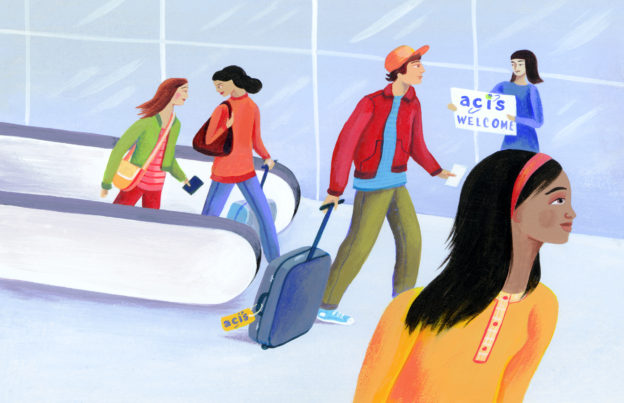
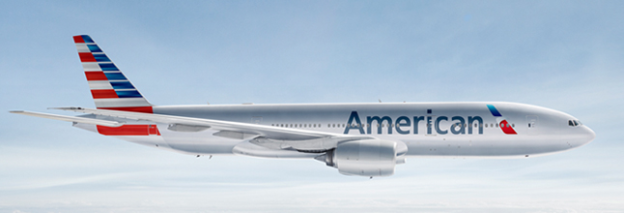
 Finally, we are seeing the government recognizing that consolidation is creating an arrogance in service and in amenities. After deregulation in 1978, industry charges like baggage fees and bumping passengers have been pretty much left to the airlines. And 80% of USA domestic business is now in the frightening hands of four airlines. Power to the few and less power to the consumer.
Finally, we are seeing the government recognizing that consolidation is creating an arrogance in service and in amenities. After deregulation in 1978, industry charges like baggage fees and bumping passengers have been pretty much left to the airlines. And 80% of USA domestic business is now in the frightening hands of four airlines. Power to the few and less power to the consumer. money where their mouth is. Dragging a guy down the aisle sounds like a bad wedding arrangement. It nearly cost them their business. CEO Munoz stated that he is committed to making things better and now overbooking as a policy is going to be phased out. Southwest, the darling of consumers, actually has the highest overbooking of any airline. They were just smarter and nicer about it.
money where their mouth is. Dragging a guy down the aisle sounds like a bad wedding arrangement. It nearly cost them their business. CEO Munoz stated that he is committed to making things better and now overbooking as a policy is going to be phased out. Southwest, the darling of consumers, actually has the highest overbooking of any airline. They were just smarter and nicer about it.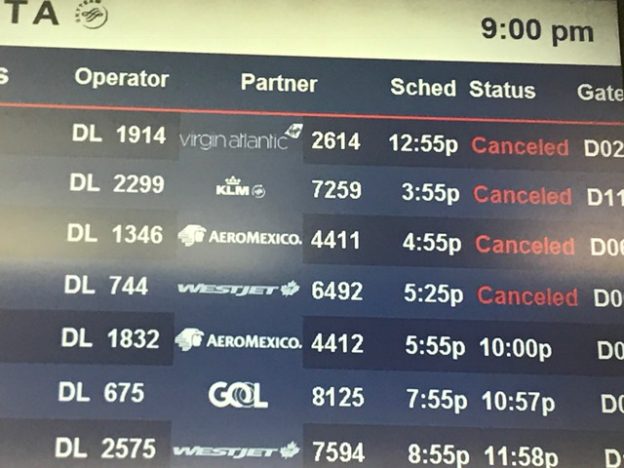
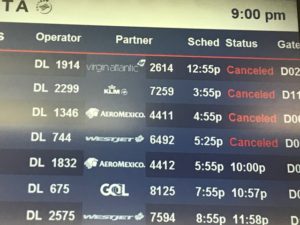 possibly canceled, one word of advice, pray to God that you are not stuck at LaGuardia Airport. It sucks. Watching delays unfold and getting bad updates and then inevitable cancellations are frustrating and bring out the worst in all of us. Airline staff is not helpful and nobody has a clue. Usually, they point to a gate complaint line that is a mile long and have you wait there. If you are really lucky, you get a snack voucher. As for a hotel, dream on!
possibly canceled, one word of advice, pray to God that you are not stuck at LaGuardia Airport. It sucks. Watching delays unfold and getting bad updates and then inevitable cancellations are frustrating and bring out the worst in all of us. Airline staff is not helpful and nobody has a clue. Usually, they point to a gate complaint line that is a mile long and have you wait there. If you are really lucky, you get a snack voucher. As for a hotel, dream on! 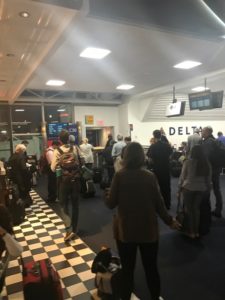
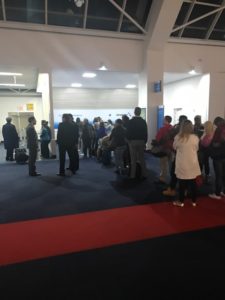 much better. It’s as if they have no training on what happens when stuff goes wrong. That’s the only time they have to worry and that’s when they can really overperform. We know the airline food is bad, the seats are cramped, and the service in general on the plane is very average, so how about excelling at this? Help passengers who are trying to figure out what to do, concentrate on the pre-
much better. It’s as if they have no training on what happens when stuff goes wrong. That’s the only time they have to worry and that’s when they can really overperform. We know the airline food is bad, the seats are cramped, and the service in general on the plane is very average, so how about excelling at this? Help passengers who are trying to figure out what to do, concentrate on the pre-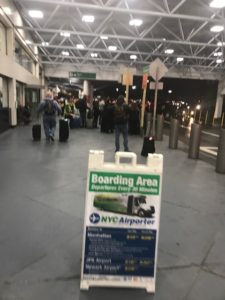 boarding service, calm people, assure people, and take a genuine interest in getting people into a good frame of mind. Maybe they should have yoga attendants at the gates helping passengers breath. It’s a shame. This is an area where you don’t have to do much. Just be service-oriented and kind. Is that too much to ask?
boarding service, calm people, assure people, and take a genuine interest in getting people into a good frame of mind. Maybe they should have yoga attendants at the gates helping passengers breath. It’s a shame. This is an area where you don’t have to do much. Just be service-oriented and kind. Is that too much to ask?